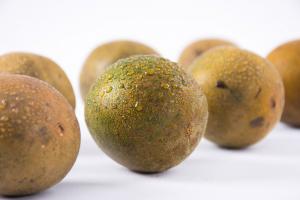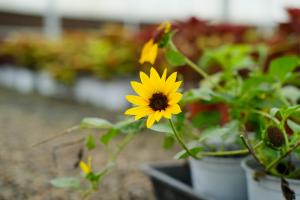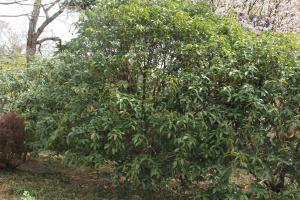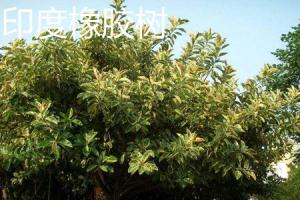Fertilizer and water management
After autumn, the weather starts to cool. At this time, the flowers have entered the late stage of growth. It is necessary to reduce the fertilizer with relatively high nitrogen content and increase the use of organic fertilizer with relatively high phosphorus content, which can promote the growth of roots. Gradually reduce the watering frequency and water volume, and enhance the cold resistance strength of the root. After entering the dormant state, you can turn the soil well, and then cooperate with the use of organic fertilizer to improve the nutrient content in the soil and help the flowers improve their ability to resist the cold

Covering winter
Flowers planted in many courtyards are vulnerable to harm in winter, especially peony and tulip. While the cold current has not invaded, the roots of these flowers should be covered with some leaves, films and other thermal insulation materials around the ground, which can effectively alleviate frostbite and frostbite. The covering can be removed in May of the second year

Soil cultivation management
Before winter, the roots of the flowers shall be cultivated and covered with a thick layer of soil for thermal insulation. When the flowers begin to grow in spring, these soils shall be excavated and properly watered and fertilized to make them grow normally

Dressing management
Some flowers are large in size and cannot be managed by general methods. At this time, you can cover it with straw curtain or plastic film, and then tie it with rope. Some flowers are easily affected by the cold wind. At this time, a wind barrier can be built near them and covered with tarpaulin or straw mat around them. This method can effectively resist the cold air and help the plants survive the winter effectively

 jackfruit
jackfruit snake plant
snake plant hibiscus
hibiscus hydrangea
hydrangea lavender
lavender Green roses climb al...
Green roses climb al... If you don't pay att...
If you don't pay att... Management of four g...
Management of four g...


































